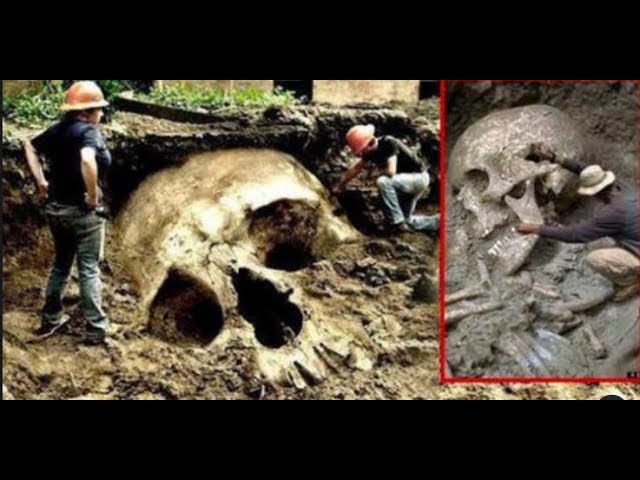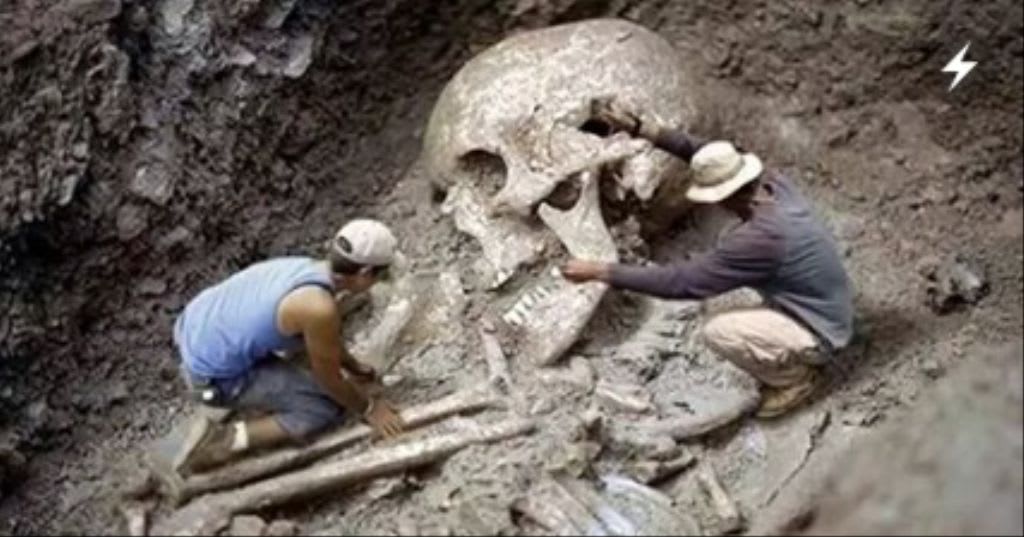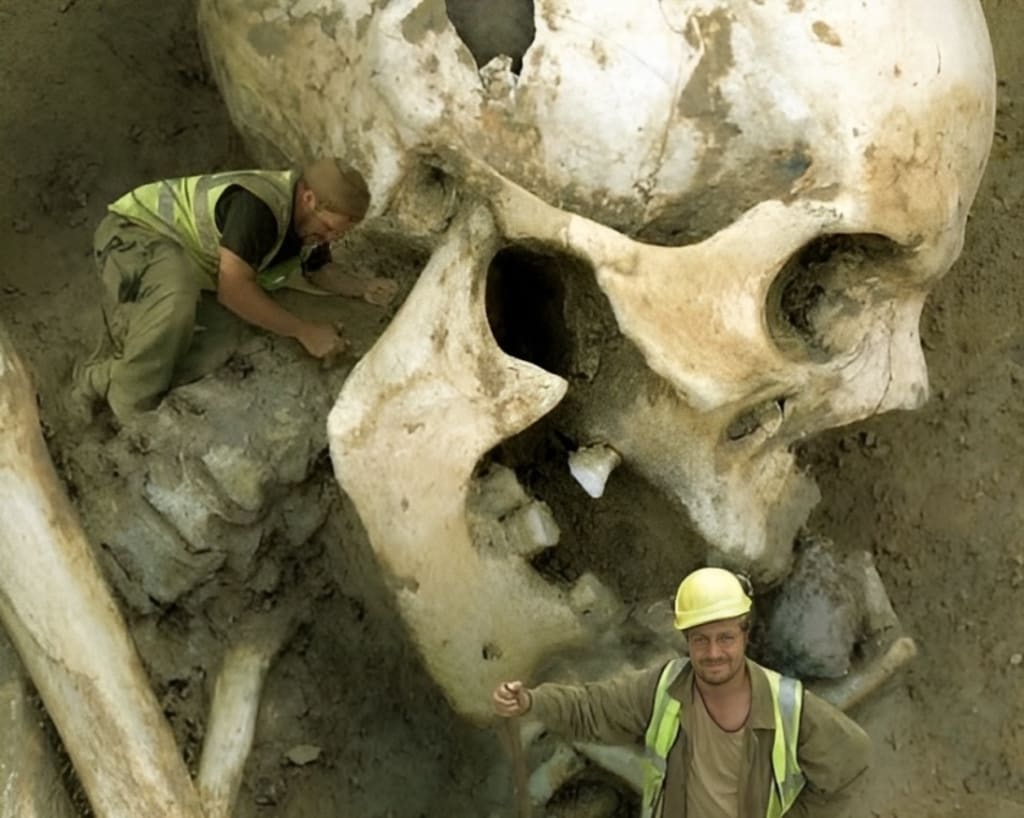Discovery Of The Ancient ‘City Of Giants’ In Ethiopia Could Rewrite Human History
In Ethiopia, a significant archaeological find has been dubbed the “City of Giants,” a name born from local folklore rather than actual colossal inhabitants. The discovery, made in a region called Harlaa in eastern Ethiopia, has indeed captivated the scientific world, though not for the reasons sensationalized in the title. Instead of giants, archaeologists uncovered a thriving, cosmopolitan city that was a major hub for international trade from as early as the 10th century CE. The massive building stones found at the site, which inspired the local legends, were simply a testament to the advanced construction techniques of the ancient inhabitants, not their enormous size.

This “forgotten” city’s discovery is poised to rewrite a lesser-known chapter of human history by revolutionizing our understanding of ancient trade routes and the origins of Islam in the Horn of Africa. Excavations have revealed a 12th-century mosque, evidence of Islamic burials, and an incredible trove of artifacts. Researchers found glass vessels, beads, and pottery from as far afield as Yemen, Madagascar, the Maldives, and China, along with bronze and silver coins from 13th-century Egypt. These objects demonstrate that this part of Ethiopia was a bustling commercial center, deeply connected to a vast network of trade routes spanning the Red Sea and the Indian Ocean.

The true significance of the Harlaa find is in its evidence of a rich, multicultural society that existed at a time when this region was largely overlooked by archaeologists. The remains of the 300 people discovered in a cemetery are now being analyzed to determine their diet and origins, further illuminating the life of this mixed community of locals and foreigners. The city also reveals a sophisticated local jewelry-making industry, with artisans using techniques and materials that suggest strong links to India. While it may not be a “City of Giants,” the discovery of Harlaa is a monumental find that profoundly re-contextualizes the history of trade, culture, and religion in Ethiopia and the wider African continent.
